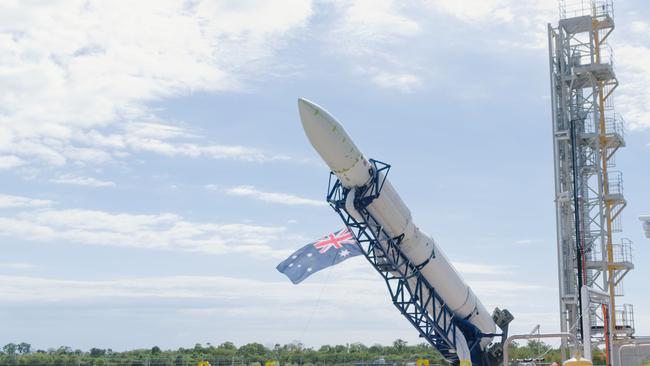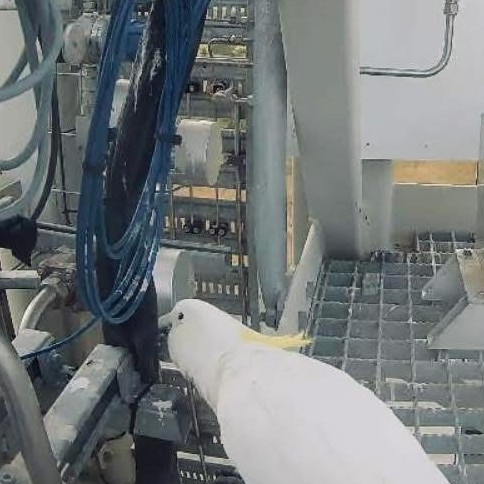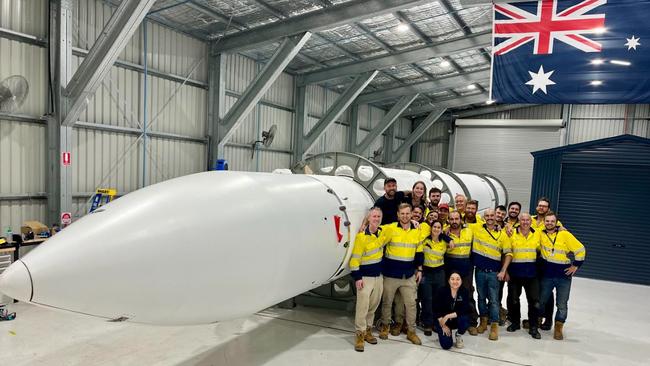Gilmour Space Technologies reveal what caused rocket launch delay
Internal investigations have revealed what caused a Queensland rocket launch delay after a cockatoo pictured nibbling on parts became a suspect.

Whitsunday
Don't miss out on the headlines from Whitsunday. Followed categories will be added to My News.
The company behind the first ever Australian-built rocket have identified the issue that caused last month’s launch delay.
Gilmour Space Technologies said an “unexpected power surge” caused the payload fairing anomaly that halted the launch on 15 May.
“The payload fairing system was triggered during vehicle shutdown by an unexpected power surge, caused by electrical backfeed from downstream devices,” they said.
They added that while shutdowns were a normal part of launch operations, the issue had not appeared during previous tests as the system was single use and was not activated in order to maintain safety and ensure reliability.
Additional safeguards were being installed to prevent the anomaly from happening again, they said.

The confirmation of what caused the anomaly came after internal investigations revealed an unexpected visitor may have played a part in the delay.

A cockatoo was caught on camera having a nibble on some rocket parts, but Gilmour Space confirmed it didn’t have anything to do with the delay.
Marketing and communications manager at Gilmour Space Technologies, Michelle Gilmour, previously warned there was no guarantee the unmanned rocket would achieve lift off during its maiden test run and there were a range of factors that would play a role.
“It could be an all-day affair; it could be a five-day affair. It could be a two-week affair,” Ms Gilmour said.
“We don’t know, it’s the first vehicle of its type.”
Mrs Gilmour said because of the unpredictable nature of first maiden runs spectators were not encouraged for TestFlight1.

“Rocket tech is really hard … it’s been done by so few nations and the technology itself is confidential, a secret,” she said.
“So, we’ve basically developed almost every system that’s on the rocket ourselves.
“That kind of propulsion system is not easy to develop. We have a hybrid rocket engine, which is a new kind of rocket engine … so it’s already a different rocket technology that we’ll be testing.”
Mrs Gilmour said it was very common for first launches not to be immediately successful.
The launch has been a long time coming, already pushed back from 2022 with design and development beginning six years ago,




